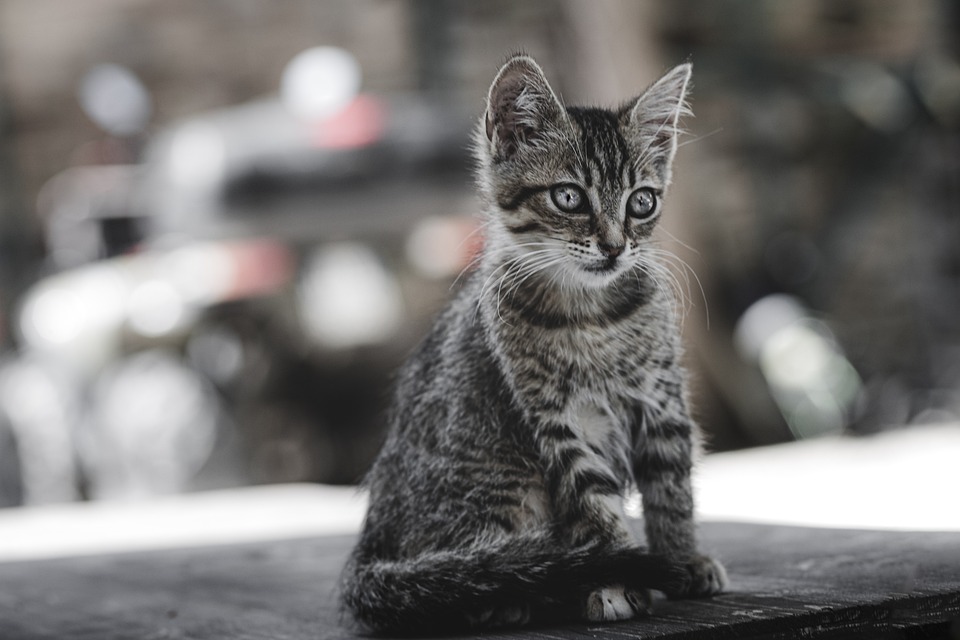Introducing cats to other pets can be a challenging process, but with the right techniques and preparation, it can lead to a harmonious household. Understanding the importance of proper introductions is crucial for the well-being of both the cat and the other pet. Successful introductions have numerous benefits, including reducing stress, preventing aggression, and fostering positive relationships.
Before introducing your cat to another pet, it’s important to make some preparations. Assess your cat’s temperament and socialization needs to determine the best approach. Familiarize yourself with the behavior and needs of the other pet as well. Creating separate spaces for each pet, complete with their own food, water, litter boxes, and toys, can help reduce stress and ensure they have their own safe zones. Implementing scent-swapping techniques, such as swapping bedding or using pheromone diffusers, can also promote familiarity and reduce anxiety.
Gradual introductions are key to minimizing stress and conflict. Visual barriers, such as baby gates or crates, can allow pets to observe each other without direct contact, helping them become accustomed to each other’s presence. Controlled scent introductions, where pets are exposed to each other’s scents through bedding or toys, can acclimate them to each other’s smells. Limited supervised interactions, where each pet is on a leash or in a carrier, can help gauge their reactions and establish boundaries.
Positive reinforcement and rewards play a crucial role in successful introductions. Utilize positive reinforcement techniques, such as treats, praise, and clicker training, to encourage desirable behavior. Reward both pets for calm and relaxed behavior during interactions. Encouraging play and bonding activities, such as interactive toys or joint feeding, can also help strengthen their relationship.
Addressing specific pet combinations requires tailored strategies. Introducing cats to dogs may involve gradual introductions on neutral territory, rewarding calm behavior, and providing separate spaces for each pet. Introducing cats to other cats may involve a slow introduction process, utilizing scent swapping and visual barriers. Introducing cats to small mammals or birds requires ensuring their safety by providing secure enclosures and supervised interactions.
Here are some frequently asked questions about introducing cats to other pets:
Q1: How long does it typically take for cats to get along with other pets?
A1: The timeline for successful introductions can vary based on individual temperaments and species. While some cats may adjust within a few weeks, others may require several months. Patience and consistency are key.
Q2: What signs should I look for to determine if the introduction is going well?
A2: Positive signs include relaxed body language, playful behavior, shared spaces without aggression, and mutual grooming. Signs of tension or aggression should be addressed promptly.
Q3: What should I do if my cat and the other pet don’t get along?
A3: If initial introductions don’t go smoothly, it’s important to take a step back and restart the process gradually. Seek guidance from a professional trainer or animal behaviorist if issues persist.
Q4: Can I speed up the introduction process?
A4: It’s crucial to allow pets to adjust at their own pace. Rushing the process can result in stress, fear, and potential aggression. Patience and consistency are key.
In conclusion, introducing cats to other pets requires patience, preparation, and a gradual approach. By following these techniques and guidelines, you can foster a positive and harmonious relationship between your cat and other pets in your household.








